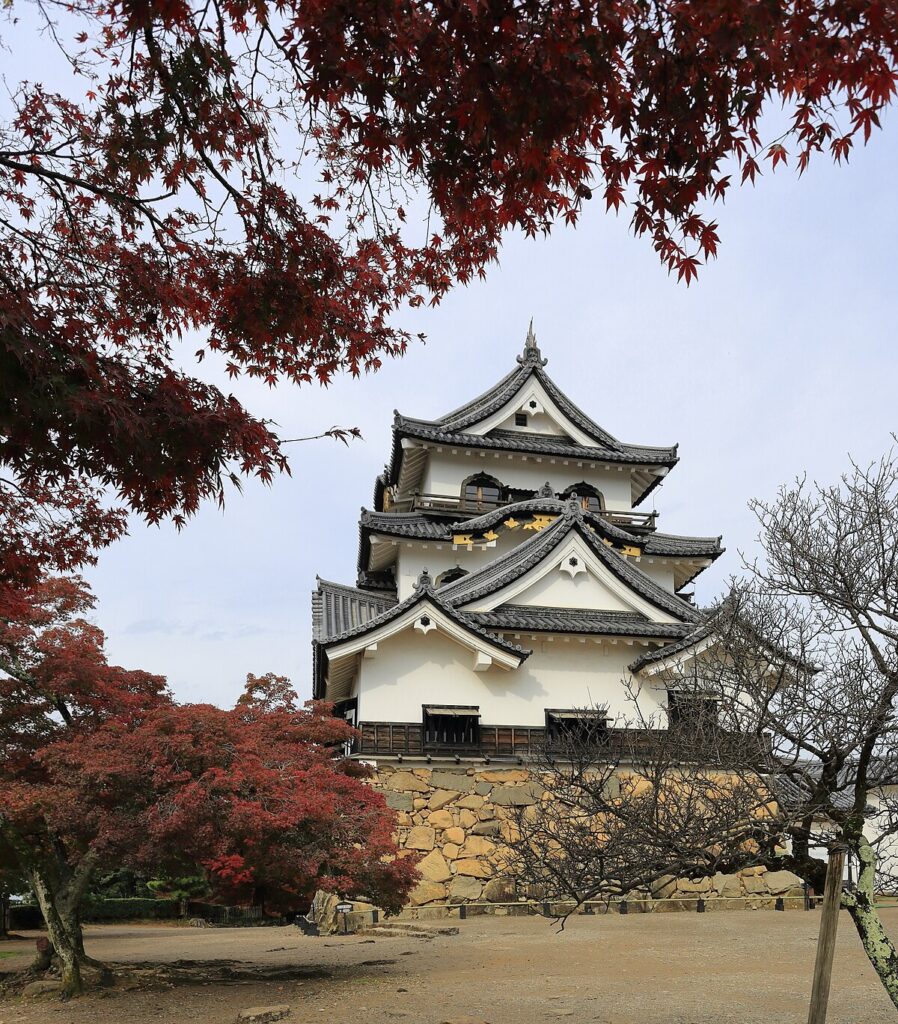Tourist attractions--archive--
-

Kairakuen Garden (Mito City, Ibaraki Prefecture)
Overview (History, Features, and Attractions) Kairakuen Garden, located in Mito City, Ibaraki Prefecture, is one of Japan's most famous gardens and is considered one of Japan's three most famous gardens (Kenrokuen, Korakuen, and Kairakuen). It was built in 1842 (Tenpo 13) by Tokugawa Nariaki (Tokugawa Nariaki, whose name is "Keio"). He was a samurai and... -

Kusatsu Onsen (Kusatsu Town, Agatsuma District, Gunma Prefecture)
Overview (History, Features, and Attractions) Kusatsu Onsen (Kusatsu Town, Agatsuma District, Gunma Prefecture) is one of Japan's most famous hot springs, said to have been discovered between the Nara and Heian periods. Since the Edo period, it has developed as a therapeutic hot spring resort, and even today, it is a hot spring town where therapeutic hot spring culture and tourism coexist. Its greatest features are its abundant supply of hot spring water and its highly acidic... -

Hitachi Seaside Park (Hitachinaka City, Ibaraki Prefecture)
Overview (History, Features, and Attractions) Hitachi Seaside Park is a large-scale national recreational park located in Hitachinaka City, Ibaraki Prefecture. Its vast grounds are home to flower fields and lawn plazas that change with the seasons, cycling trails, children's playgrounds, an exhibition hall, and a cafe... -

Sendai Castle Ruins (Sendai City, Miyagi Prefecture)
Overview (History, Features, and Attractions) The ruins of Sendai Castle (commonly known as Aoba Castle Ruins) are located in the Aobayama area of Sendai City, Miyagi Prefecture. It was the base of Sendai feudal lord Date Masamune from the Sengoku to Edo periods. Built by Date Masamune during the Keicho era (early 17th century), the castle tower no longer remains, but the main enclosure remains. -

Lake Kawaguchi (Fujikawaguchiko Town, Minamitsuru District, Yamanashi Prefecture)
Overview (History, Features, and Attractions) Lake Kawaguchiko, one of the Fuji Five Lakes in Fujikawaguchiko Town, Minamitsuru District, Yamanashi Prefecture, is a particularly famous tourist destination with its beautiful scenery with Mount Fuji in the background. The lake was formed by glaciers and massive volcanic activity, and has developed since ancient times in connection with the surrounding lifestyles and culture. -

Yoshinogari Ruins (Yoshinogari Town, Kanzaki District, Saga Prefecture)
Overview (History, Features, and Attractions) The Yoshinogari Ruins, located in Yoshinogari Town, Kanzaki District, Saga Prefecture, is a historic park centered around the remains of a large moated settlement representative of the Yayoi period. Excavations have restored the moat, elevated hall, pit dwellings, and other structures... -

Matsue Castle (Matsue City, Shimane Prefecture)
Matsue Castle (Matsue City, Shimane Prefecture) Overview (History, Features, and Attractions) Matsue Castle was built in the early Edo period and is said to have been completed by Yoshiharu Horio and others between 1607 and 1611. It features a stately black lacquered exterior and a precious wooden castle tower, making it one of the 12 remaining castle towers that still preserves the Edo period. -

Hikone Castle (Hikone City, Shiga Prefecture)
Overview (History, Features, and Attractions) Hikone Castle, located in Hikone City, Shiga Prefecture, is an early Edo period castle built as the residence of the Ii clan. Construction began roughly in the early 1600s, and the current castle tower is one of the few remaining that retains its original appearance well, and has been designated a National Treasure. The stone walls, moat, and castle layout... -

Kujukushima (Sasebo City, Nagasaki Prefecture)
Overview (History, Features, and Attractions) The Kujuku Islands (Kujukushima) are an archipelago of approximately 208 islands of various sizes spread along the west coast of Sasebo City, Nagasaki Prefecture, and are known for their rich natural scenery. The name "Kujuku" means "many," and the actual number of islands is over 200. The islands... -

Nagoya Castle (Nagoya City, Aichi Prefecture)
Overview (History, Features, and Attractions) Nagoya Castle is a representative castle tourist destination located in the center of Nagoya City, Aichi Prefecture. Built during the Edo period as the residence of the Owari Tokugawa family, its imposing castle tower with a shining golden "kinshachi" (golden shachi) on the roof is its symbol. Most of the castle was destroyed in air raids during World War II...





